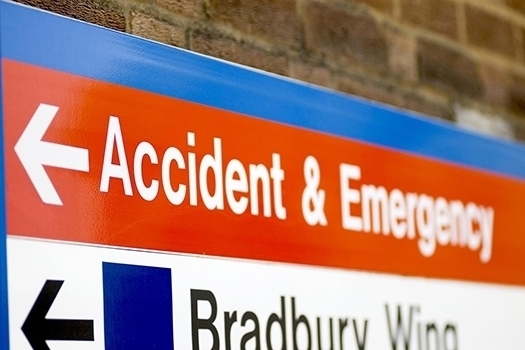Diverting patients who are not seriously ill away from A&E may not improve overcrowding issues, research has found.
The systematic review found that strategies to divert patients to more appropriate healthcare settings did not reduce the number of patients who ended up attending A&E and did not reduce healthcare costs.
The news comes as the Government in England invested over £100m in placing GPs in A&E departments to divert patients starting last year.
The research was carried out at the University of Alberta and included 15 different studies looking at the impact of diverting patients from A&E.
Diversion strategies included funnelling low-severity emergency calls to nurse or paramedic-led triage, ambulance crews directing patients to minor injury units and using nurses in A&E departments to identify patients who could be dealt with in primary care or sent home.
It found that diverting patients to alternative services before they came to A&E didn’t reduce the proportion of patients who ended up being transferred to A&E later. It also found that there was no significant decrease in subsequent A&E visits within the next month between patients who were and weren’t diverted.
The studies that looked at cost-effectiveness found no significant difference in the total healthcare costs of patients who were diverted and patients who were not. There were also no significant differences in mortality and worsening health status between patients who were and weren’t diverted.
The researchers said that the quality of the studies was ‘moderate to low’ and that more research was needed to determine whether diversion strategies actually helped to reduce A&E attendances.
They said in the paper: ‘At this time, there is insufficient evidence to recommend the implementation of ED [emergency department] diversion strategies to address ED overcrowding.
‘Additional comparative effectiveness studies are urgently needed to examine the “reach” of ED diversion strategies, including patient compliance and refusal with diversion, as well as a better understanding of the costs, changes in healthcare utilisation and patient outcomes prior to widespread implementation of any diversion strategies.’
Health secretary Matt Hancock announced in October that extra funding for primary care was ‘mission-critical’ in order to reduce pressure on A&E departments.
Emerg Med J 2018; available online 27th November

















